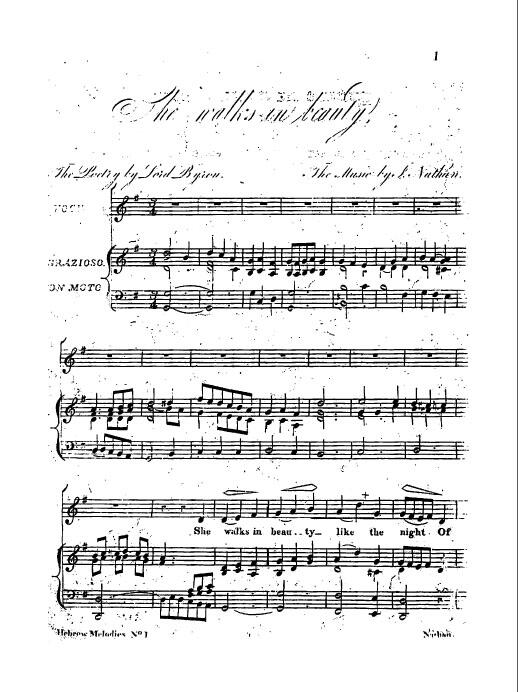Song Settings for the Poet Lord Byron’s Hebrew Melodies
Isaac Nathan
1815
Hebrew Melodies was a collaboration between the English poet Lord Byron (1788–1824) and his friend, the Jewish composer Isaac Nathan. It is a collection of thirty poems by the poet, set to music by Nathan. The tunes Nathan composed were based on a variety of forms, including synagogue music, martial music, German lieder, and an oratorio. Byron is said to have been sympathetic to the Jews because of their precarious civic and social status in England and Europe at the time.
Credits
London: J. Fentum for the Proprietor, n.d., plates 102–5.
Published in: The Posen Library of Jewish Culture and Civilization, vol. 6.
You may also like

Shir hama‘alot (Song of Ascents)
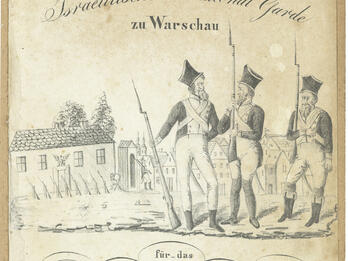
Marsch der Israelitischen national Garde in Warschau
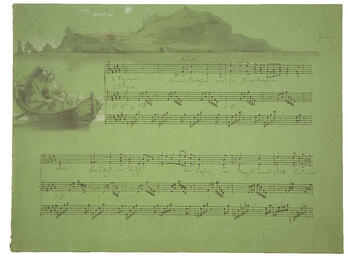
Duette: Mein Liebchen, wir sassen beisammen (Duet: My Sweetheart, We Sat Together)
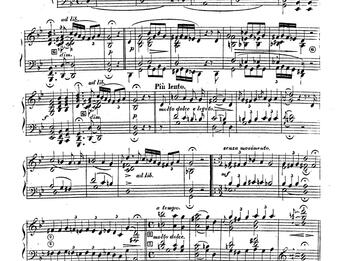
Ancienne melodie de la synagogue
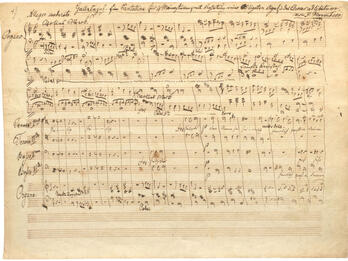
Hallelujah: Eine Cantatine für 4 Männerstimmen mit begleitung einer obligaten orgel und des chores ad libitum
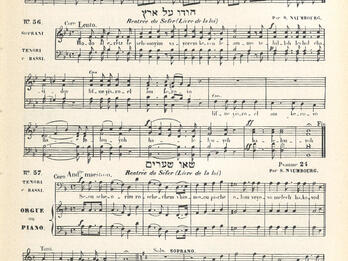
Seu Shearim (Lift Up Your Heads, O Gates)
Places:
Related Guide
Music and Opera in Jewish Culture
One of the most striking changes in European Jewish culture toward the later eighteenth century was marked by the entry of Jews into art music, opera houses, and the stage.
Creator Bio
Isaac Nathan
Born in Canterbury, England, Isaac Nathan studied Italian musical traditions and was a friend of Lord Byron, for whom Nathan set poetry to music, including Byron’s Hebrew Melodies. Nathan moved in 1841 to Australia, where he is credited with having composed the continent’s first opera.
You may also like

Shir hama‘alot (Song of Ascents)

Marsch der Israelitischen national Garde in Warschau

Duette: Mein Liebchen, wir sassen beisammen (Duet: My Sweetheart, We Sat Together)

Ancienne melodie de la synagogue

Hallelujah: Eine Cantatine für 4 Männerstimmen mit begleitung einer obligaten orgel und des chores ad libitum



